Opinion & Analysis
PGA Tour players on the rise in 2016, and those on the decline
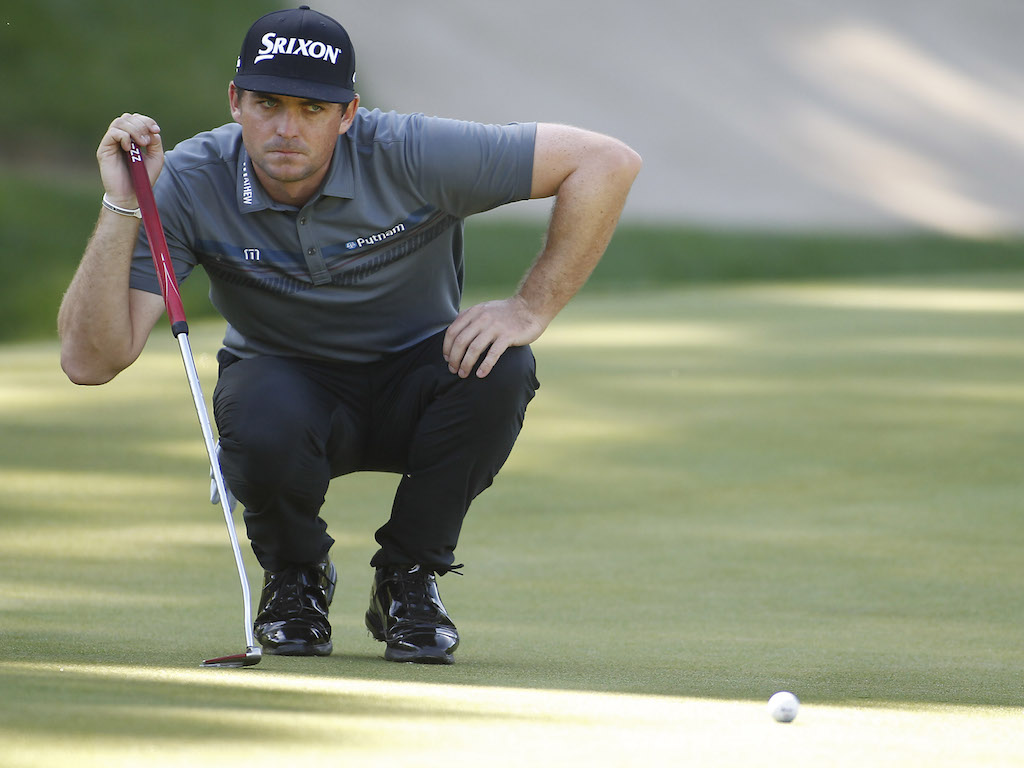
Before last season, I sifted through the players who were projected to rise and decline in the 2014-2015 season. With the start of the 2015-2016 season coming this week, I wanted to go through the projections for this year.
The rankings in the tables below are based out of 184 players:
ON THE RISE
In the past I have discussed what I call The 4 Cornerstones of the Game for Tour players. That is when a Tour player finishes in the top-half on Tour in the following categories:
- Red Zone Play: Shots from 175-225 yards
- Driving Effectiveness
- Short Game Shots from 10-20 yards
- Make Percentage from 5-to-15 feet
Traditionally, players who have accomplished the 4 Cornerstones for the season have excellent seasons and if they did not earn a victory, are often right in line to win in the near future. I recommend that any player try to accomplish the 4 Cornerstones in a season. However, what I have discovered is that the players who are most susceptible to accomplishing these cornerstones in a season and struggle the next season are the shorter hitters on Tour. So, I added a fifth cornerstone: Ball Speed. And last season, the 12 players who accomplished all five cornerstones had median earnings of nearly $4.4 million. So, shall we begin?
Kevin Chappell
Two seasons ago, I would have considered Chappell a top-5 ball striker in the world, and he started to regain his form toward the end of this season. He was a notoriously poor putter who improved to 61st in Putts Gained after using AimPoint’s green-reading system. He’s starting to play the Par-5’s better (49th in Par-5 Scoring Avg.) and increased his club speed to 118.6 mph with the driver. I think he has the potential to be like David Duval when Duval finally got his first Tour victory, and then became almost unstoppable during that incredible run he had afterward.
Ryan Palmer
Palmer ranked 40th in Actual Scoring Average, but ranked 15th in Adjusted Scoring Average. He was also a member of the 5 Cornerstone Club. Typically, Palmer has been a long hitter who drives the ball effectively and putts well. He is a bit wild off the tee, however, which gives me a little trepidation in selecting him as one of the Tour players on the rise. His wild driving can hurt him on shots from 150-225 yards, where Tour players can gain a great advantage by simply keeping shots in the short grass. But, with his overall game and length off the tee, he could very well win on more wide open courses or courses that have non-penalizing rough like TPC Scottsdale, Golf Club of Houston and PGA West. And now he has proven that he has the all-around game to win anywhere else if he gets on a good four-day streak.
John Peterson
Peterson reminds me a bit of Billy Horschel when Horschel was first out on Tour. His rookie season wasn’t impressive either, but there were some good metrics in his game, particularly in his long approach shots and driving to make me think that Horschel had a real future out on Tour.
Peterson struggled a year ago in his initial rookie season, but regained his Tour card and managed to finish in the top-125. His performance from the Red Zone dipped this season, but he greatly improved his putting and short game play, which was the worst on Tour a year ago and is now at least mediocre. Historical data shows that players of a similar age as Peterson are likely to plateau in the short game, but regain their previous form with the ball-striking, which would equate to a very good season for the young LSU grad.
Patrick Rodgers
Rodgers’ numbers work well with players from the past, as his iron play is scheduled to improve as well as his putting. He’s already an elite driver of the ball that hits it very long and high. He led the Tour in hang time with the driver at 7.2 seconds. The initial adjustment for rookie Tour players usually comes from iron play and putting, so if a Tour player can drive the ball effectively, that’s a positive sign that they can make the adjustments with their iron play. And with experience, typically the putting starts to improve.
Keegan Bradley
It’s difficult to claim that a high-profile name like Bradley is “on the rise,” but he has not won a Tour event in two seasons and he finished a mediocre 65th on the Money List this season.
However, he has some excellent strong points to build on like being a member of the 5 Cornerstone Club, despite him having an atrocious start to the season.
Below is a chart showing Bradley’s short game performance by event. Anything greater than 0 percent is better than the average and anything below 0 percent is worse than the average.
Bradley’s Short Game performance did not start to turn around until the Zurich Classic, and he was able to sustain it throughout the rest of the season. In the meantime, Bradley started to finally improve from the Yellow Zone (125-175 yards), as well as on shots from 75-175 yards have been his weakness over his career. I can see Bradley having a monster season. He’s reached the 5 Cornerstones, has improved from the Yellow Zone and it sure to be motivated in this Ryder Cup year.
ON THE DECLINE
Matt Every
In the 2014-2015 season, 75 percent of Every’s earnings came from his victory at Bay Hill. After that, he only made 12 of his 25 cuts. It was part of a downward spiral that started to take place in the second half of the 2013-2014 season. He finished the season 182nd in Adjusted Scoring Average.
Every was a decent driver of the ball, but his specialty was his iron play. He started to become an elite putter in the 2013-2014 season, and with his iron play he made for an excellent competitor. His driving started to spiral out of control and now his iron play is going with it. The good news is that he’s still young and historically the younger players have been able turn things around the quickest. If he continues at this pace though, I can’t see him winning again at Bay Hill and it will be a long season.
Padraig Harrington
Many were proclaiming that Harrington was back after his win at the Honda Classic. However, his driving was still abysmal as he ranked 110 out of 124 measured golfers in Driving Effectiveness at that event. Where he excelled at PGA National was where it counted most: shots from 175-200 yards. That was the approach-shot range that had the greatest deviation in results, and the average shot from that distance was hit to 37 feet. Harrington hit his shots from that distance to 17 feet, 20 feet closer to the cup than the average player in the field.
After that, Harrington did little of anything and finished 172nd in Adjusted Scoring Average. He didn’t strike the ball well and putted poorly (162nd in Putts Gained). I just don’t expect much from him this season.
Jimmy Walker
It’s hard to bet against Walker because he hits the ball a long ways and is an elite putter. There is a strong correlation between distance and the average length of a birdie putt when the player finds the green in regulation. That’s why distance off the tee generally allows a golfer to putt worse and still be successful; longer players are more likely to have shorter birdie putts that are more makeable, so they can be a less-skilled putter and still get the ball in the hole more quickly. So when we take a long hitter like Walker and combine that with his elite putting he is likely to be successful year-after-year.
Walker has never been a great driver of the ball, but is usually a pretty good iron player. His driving got off to a nice start, but then dropped off dramatically (along with his iron play) as the year went along.
What concerns me more about Walker’s performance is that he was only decent in Par-4 Scoring Average (81st) and mediocre in Bogey Rate (120th). Those are the two big scoring metrics that factor in most to Total Adjusted Scoring Average. He generally dominates the West Coast because he plays well on courses where the hit fairway percentage is low, and he putts extremely well on Poa Annua type surfaces. I wouldn’t be surprised if he got a win early on, but I don’t see him being nearly as successful as he has been for the past two seasons.
Hunter Mahan
Mahan caught fire early on and then in the playoffs, but it was not enough for him to make the Tour Championship. I have been predicting a downward slide for Mahan for the past two seasons and I still project that downward slide. In the past, his biggest issue has been his iron play, particularly from the Red Zone. That has not progressed and now we are seeing a sizable regression in his Driving, as he used to be one of the best drivers of the ball on Tour. His Purse Size Per Event should get smaller, and at this rate he is more likely to earn a number in line with this Adjusted Scoring Average ranking.
Sean O’Hair
O’Hair had a fine comeback season, but it was a bit of smoke and mirrors as he finished 98th in Adjusted Scoring Average. He still continues to struggle with his ball striking, but made up for it with his finest season around and on the greens. He has been a poor putter and short game player throughout his career, and the numbers give him slim odds of sustaining that improvement. Meanwhile, he was one of the 10-worst players from the ever important Red Zone last season. His club speed has also dropped from 116.8 mph two seasons ago.
- LIKE64
- LEGIT19
- WOW9
- LOL4
- IDHT1
- FLOP3
- OB2
- SHANK29
19th Hole
Vincenzi’s 2024 Zurich Classic of New Orleans betting preview

The PGA TOUR heads to New Orleans to play the 2023 Zurich Classic of New Orleans. In a welcome change from the usual stroke play, the Zurich Classic is a team event. On Thursday and Saturday, the teams play best ball, and on Friday and Sunday the teams play alternate shot.
TPC Louisiana is a par 72 that measures 7,425 yards. The course features some short par 4s and plenty of water and bunkers, which makes for a lot of exciting risk/reward scenarios for competitors. Pete Dye designed the course in 2004 specifically for the Zurich Classic, although the event didn’t make its debut until 2007 because of Hurricane Katrina.
Coming off of the Masters and a signature event in consecutive weeks, the field this week is a step down, and understandably so. Many of the world’s top players will be using this time to rest after a busy stretch.
However, there are some interesting teams this season with some stars making surprise appearances in the team event. Some notable teams include Patrick Cantlay and Xander Schauffele, Rory McIlroy and Shane Lowry, Collin Morikawa and Kurt Kitayama, Will Zalatoris and Sahith Theegala as well as a few Canadian teams, Nick Taylor and Adam Hadwin and Taylor Pendrith and Corey Conners.
Past Winners at TPC Louisiana
- 2023: Riley/Hardy (-30)
- 2022: Cantlay/Schauffele (-29)
- 2021: Leishman/Smith (-20)
- 2019: Palmer/Rahm (-26)
- 2018: Horschel/Piercy (-22)
- 2017: Blixt/Smith (-27)
2024 Zurich Classic of New Orleans Picks
Tom Hoge/Maverick McNealy +2500 (DraftKings)
Tom Hoge is coming off of a solid T18 finish at the RBC Heritage and finished T13 at last year’s Zurich Classic alongside Harris English.
This season, Hoge is having one of his best years on Tour in terms of Strokes Gained: Approach. In his last 24 rounds, the only player to top him on the category is Scottie Scheffler. Hoge has been solid on Pete Dye designs, ranking 28th in the field over his past 36 rounds.
McNealy is also having a solid season. He’s finished T6 at the Waste Management Phoenix Open and T9 at the PLAYERS Championship. He recently started working with world renowned swing coach, Butch Harmon, and its seemingly paid dividends in 2024.
Keith Mitchell/Joel Dahmen +4000 (DraftKings)
Keith Mitchell is having a fantastic season, finishing in the top-20 of five of his past seven starts on Tour. Most recently, Mitchell finished T14 at the Valero Texas Open and gained a whopping 6.0 strokes off the tee. He finished 6th at last year’s Zurich Classic.
Joel Dahmen is having a resurgent year and has been dialed in with his irons. He also has a T11 finish at the PLAYERS Championship at TPC Sawgrass which is another Pete Dye track. With Mitchell’s length and Dahmen’s ability to put it close with his short irons, the Mitchell/Dahmen combination will be dangerous this week.
Taylor Moore/Matt NeSmith +6500 (DraftKings)
Taylor Moore has quickly developed into one of the more consistent players on Tour. He’s finished in the top-20 in three of his past four starts, including a very impressive showing at The Masters, finishing T20. He’s also finished T4 at this event in consecutive seasons alongside Matt NeSmith.
NeSmith isn’t having a great 2024, but has seemed to elevate his game in this format. He finished T26 at Pete Dye’s TPC Sawgrass, which gives the 30-year-old something to build off of. NeSmith is also a great putter on Bermudagrass, which could help elevate Moore’s ball striking prowess.
- LIKE6
- LEGIT2
- WOW1
- LOL0
- IDHT0
- FLOP3
- OB1
- SHANK1
19th Hole
Vincenzi’s 2024 LIV Adelaide betting preview: Cam Smith ready for big week down under

After having four of the top twelve players on the leaderboard at The Masters, LIV Golf is set for their fifth event of the season: LIV Adelaide.
For both LIV fans and golf fans in Australia, LIV Adelaide is one of the most anticipated events of the year. With 35,000 people expected to attend each day of the tournament, the Grange Golf Club will be crawling with fans who are passionate about the sport of golf. The 12th hole, better known as “the watering hole”, is sure to have the rowdiest of the fans cheering after a long day of drinking some Leishman Lager.
The Grange Golf Club is a par-72 that measures 6,946 yards. The course features minimal resistance, as golfers went extremely low last season. In 2023, Talor Gooch shot consecutive rounds of 62 on Thursday and Friday, giving himself a gigantic cushion heading into championship Sunday. Things got tight for a while, but in the end, the Oklahoma State product was able to hold off The Crushers’ Anirban Lahiri for a three-shot victory.
The Four Aces won the team competition with the Range Goats finishing second.
*All Images Courtesy of LIV Golf*
Past Winners at LIV Adelaide
- 2023: Talor Gooch (-19)
Stat Leaders Through LIV Miami
Green in Regulation
- Richard Bland
- Jon Rahm
- Paul Casey
Fairways Hit
- Abraham Ancer
- Graeme McDowell
- Henrik Stenson
Driving Distance
- Bryson DeChambeau
- Joaquin Niemann
- Dean Burmester
Putting
- Cameron Smith
- Louis Oosthuizen
- Matt Jones
2024 LIV Adelaide Picks
Cameron Smith +1400 (DraftKings)
When I pulled up the odds for LIV Adelaide, I was more than a little surprised to see multiple golfers listed ahead of Cameron Smith on the betting board. A few starts ago, Cam finished runner-up at LIV Hong Kong, which is a golf course that absolutely suits his eye. Augusta National in another course that Smith could roll out of bed and finish in the top-ten at, and he did so two weeks ago at The Masters, finishing T6.
At Augusta, he gained strokes on the field on approach, off the tee (slightly), and of course, around the green and putting. Smith able to get in the mix at a major championship despite coming into the week feeling under the weather tells me that his game is once again rounding into form.
The Grange Golf Club is another course that undoubtedly suits the Australian. Smith is obviously incredibly comfortable playing in front of the Aussie faithful and has won three Australian PGA Championship’s. The course is very short and will allow Smith to play conservative off the tee, mitigating his most glaring weakness. With birdies available all over the golf course, there’s a chance the event turns into a putting contest, and there’s no one on the planet I’d rather have in one of those than Cam Smith.

Louis Oosthuizen +2200 (DraftKings)
Louis Oosthuizen has simply been one of the best players on LIV in the 2024 seas0n. The South African has finished in the top-10 on the LIV leaderboard in three of his five starts, with his best coming in Jeddah, where he finished T2. Perhaps more impressively, Oosthuizen finished T7 at LIV Miami, which took place at Doral’s “Blue Monster”, an absolutely massive golf course. Given that Louis is on the shorter side in terms of distance off the tee, his ability to play well in Miami shows how dialed he is with the irons this season.
In addition to the LIV finishes, Oosthuizen won back-to-back starts on the DP World Tour in December at the Alfred Dunhill Championship and the Mauritus Open. He also finished runner-up at the end of February in the International Series Oman. The 41-year-old has been one of the most consistent performers of 2024, regardless of tour.
For the season, Louis ranks 4th on LIV in birdies made, T9 in fairways hit and first in putting. He ranks 32nd in driving distance, but that won’t be an issue at this short course. Last season, he finished T11 at the event, but was in decent position going into the final round but fell back after shooting 70 while the rest of the field went low. This season, Oosthuizen comes into the event in peak form, and the course should be a perfect fit for his smooth swing and hot putter this week.

- LIKE10
- LEGIT3
- WOW0
- LOL1
- IDHT0
- FLOP1
- OB1
- SHANK1
Opinion & Analysis
The Wedge Guy: What really makes a wedge work? Part 1

Of all the clubs in our bags, wedges are almost always the simplest in construction and, therefore, the easiest to analyze what might make one work differently from another if you know what to look for.
Wedges are a lot less mysterious than drivers, of course, as the major brands are working with a lot of “pixie dust” inside these modern marvels. That’s carrying over more to irons now, with so many new models featuring internal multi-material technologies, and almost all of them having a “badge” or insert in the back to allow more complex graphics while hiding the actual distribution of mass.
But when it comes to wedges, most on the market today are still single pieces of molded steel, either cast or forged into that shape. So, if you look closely at where the mass is distributed, it’s pretty clear how that wedge is going to perform.
To start, because of their wider soles, the majority of the mass of almost any wedge is along the bottom third of the clubhead. So, the best wedge shots are always those hit between the 2nd and 5th grooves so that more mass is directly behind that impact. Elite tour professionals practice incessantly to learn to do that consistently, wearing out a spot about the size of a penny right there. If impact moves higher than that, the face is dramatically thinner, so smash factor is compromised significantly, which reduces the overall distance the ball will fly.
Every one of us, tour players included, knows that maddening shot that we feel a bit high on the face and it doesn’t go anywhere, it’s not your fault.
If your wedges show a wear pattern the size of a silver dollar, and centered above the 3rd or 4th groove, you are not getting anywhere near the same performance from shot to shot. Robot testing proves impact even two to three grooves higher in the face can cause distance loss of up to 35 to 55 feet with modern ‘tour design’ wedges.
In addition, as impact moves above the center of mass, the golf club principle of gear effect causes the ball to fly higher with less spin. Think of modern drivers for a minute. The “holy grail” of driving is high launch and low spin, and the driver engineers are pulling out all stops to get the mass as low in the clubhead as possible to optimize this combination.
Where is all the mass in your wedges? Low. So, disregarding the higher lofts, wedges “want” to launch the ball high with low spin – exactly the opposite of what good wedge play requires penetrating ball flight with high spin.
While almost all major brand wedges have begun putting a tiny bit more thickness in the top portion of the clubhead, conventional and modern ‘tour design’ wedges perform pretty much like they always have. Elite players learn to hit those crisp, spinny penetrating wedge shots by spending lots of practice time learning to consistently make contact low in the face.
So, what about grooves and face texture?
Grooves on any club can only do so much, and no one has any material advantage here. The USGA tightly defines what we manufacturers can do with grooves and face texture, and modern manufacturing techniques allow all of us to push those limits ever closer. And we all do. End of story.
Then there’s the topic of bounce and grinds, the most complex and confusing part of the wedge formula. Many top brands offer a complex array of sole configurations, all of them admittedly specialized to a particular kind of lie or turf conditions, and/or a particular divot pattern.
But if you don’t play the same turf all the time, and make the same size divot on every swing, how would you ever figure this out?
The only way is to take any wedge you are considering and play it a few rounds, hitting all the shots you face and observing the results. There’s simply no other way.
So, hopefully this will inspire a lively conversation in our comments section, and I’ll chime in to answer any questions you might have.
And next week, I’ll dive into the rest of the wedge formula. Yes, shafts, grips and specifications are essential, too.
- LIKE32
- LEGIT7
- WOW1
- LOL1
- IDHT2
- FLOP3
- OB1
- SHANK3
-

 19th Hole2 weeks ago
19th Hole2 weeks agoDave Portnoy places monstrous outright bet for the 2024 Masters
-

 19th Hole2 weeks ago
19th Hole2 weeks agoTiger Woods arrives at 2024 Masters equipped with a putter that may surprise you
-

 19th Hole1 day ago
19th Hole1 day ago‘Absolutely crazy’ – Major champ lays into Patrick Cantlay over his decision on final hole of RBC Heritage
-

 19th Hole3 weeks ago
19th Hole3 weeks agoReport: Tiger Woods has ‘eliminated sex’ in preparation for the 2024 Masters
-

 19th Hole1 week ago
19th Hole1 week agoTwo star names reportedly blanked Jon Rahm all week at the Masters
-

 19th Hole1 week ago
19th Hole1 week agoReport: LIV Golf identifies latest star name they hope to sign to breakaway tour
-

 19th Hole1 week ago
19th Hole1 week agoNeal Shipley presser ends in awkward fashion after reporter claims Tiger handed him note on 8th fairway
-

 19th Hole6 days ago
19th Hole6 days agoBrandel Chamblee has ‘no doubt’ who started the McIlroy/LIV rumor and why

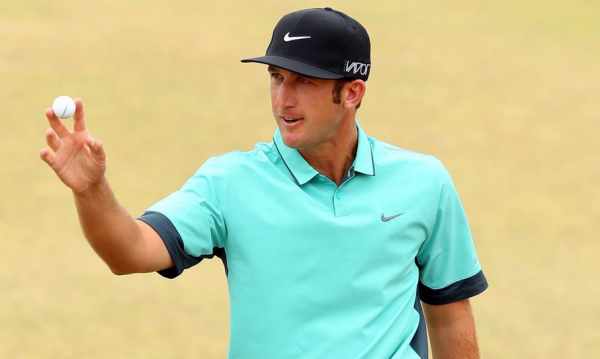

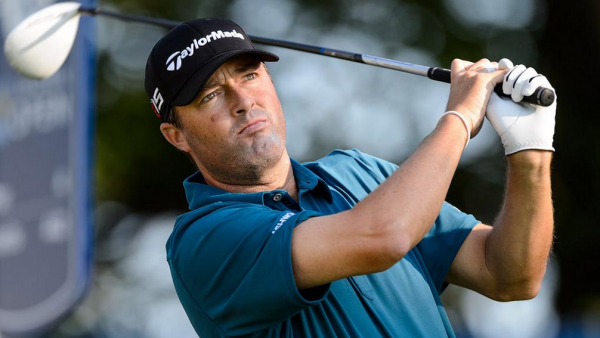

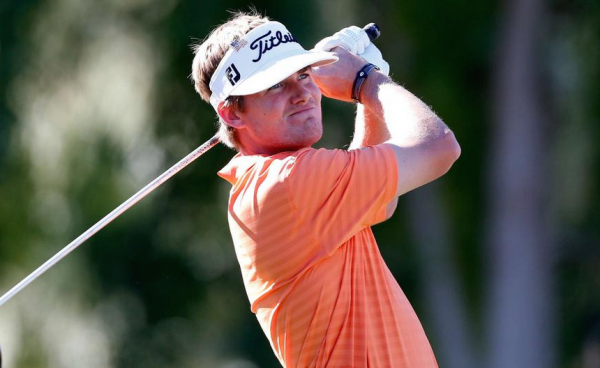

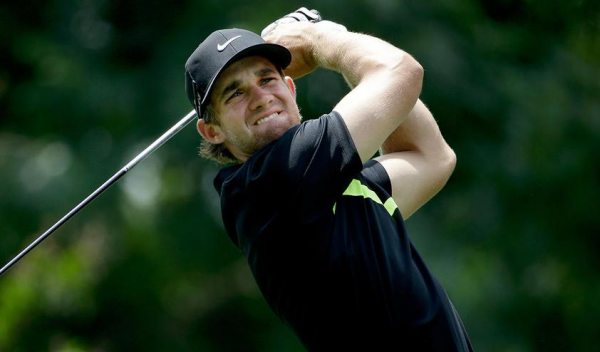

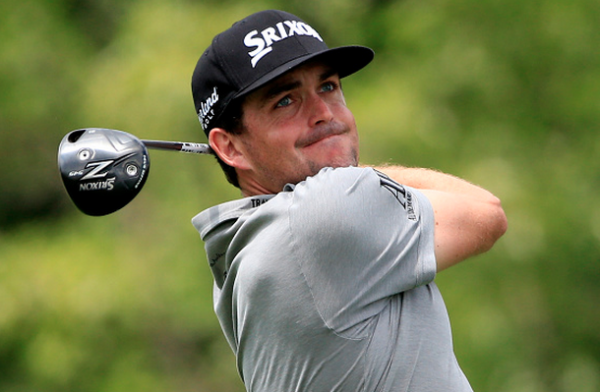

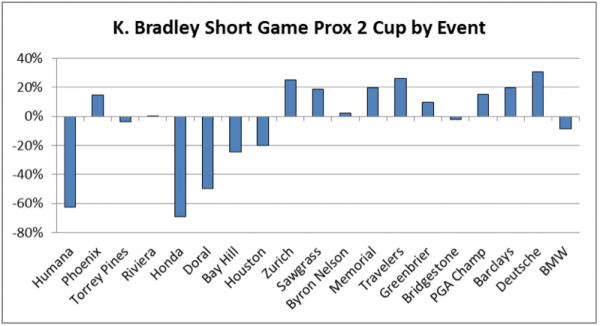
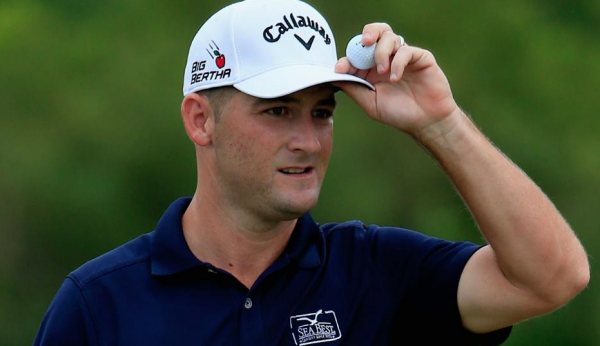

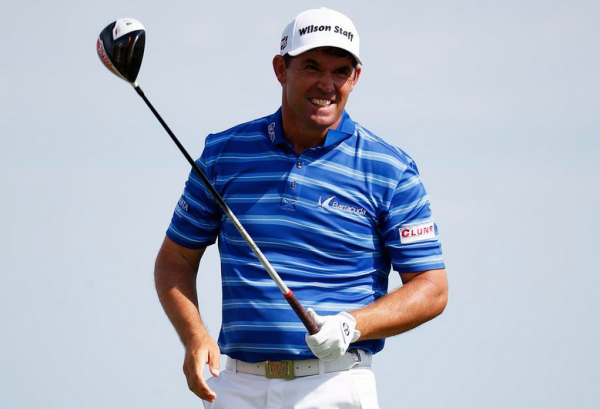

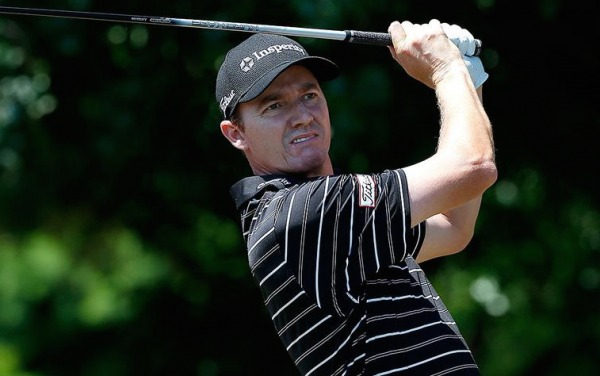

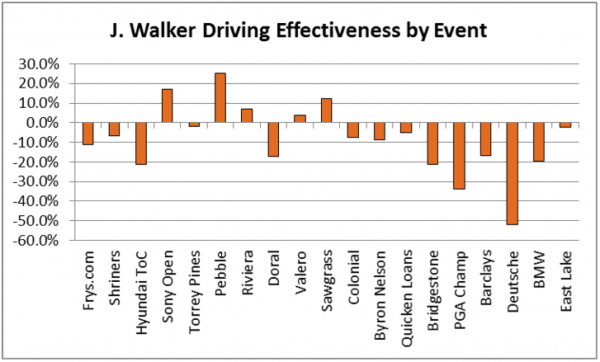
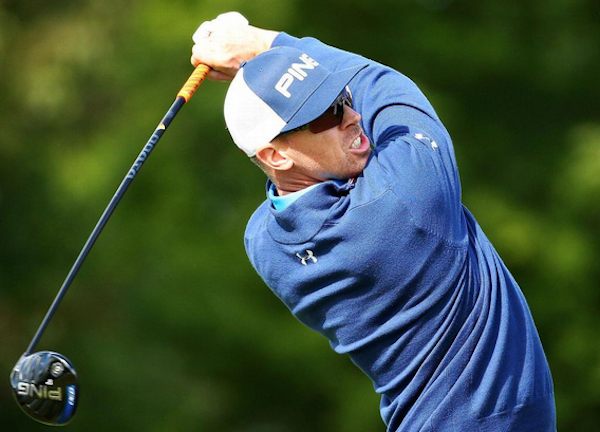

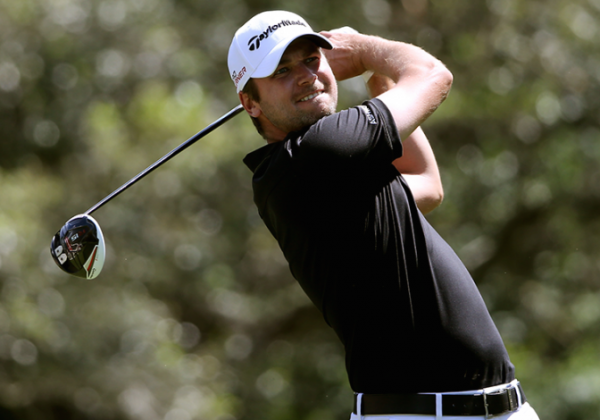















Eric
Oct 12, 2015 at 1:11 pm
How is Keegan Bradley on the rise when he hasn’t won a tournament in three years? He’ll continue to struggle because of the anchored putter ban. He was 126th in strokes gained and 124th in putting average. By the way (don’t know if you’re a proponent of the anchor ban) but he was 47th last year with the long putter. You also have John Peterson and Kevin Chappell on there, neither of which have actually won on tour. Peterson only has two career top 10’s (1 coming at U.S. Open in 2012) and Chappell has only 10 career top 10’s after gaining full time status 5 years ago???
Richie Hunt
Oct 12, 2015 at 1:35 pm
Eric —
These are projections based on certain metrics and going on past history of players that have had ‘breakout years’ or sudden ‘dropoff years.’ I see Keegan on the rise because his metrics and age match right up with those that have had big seasons on Tour in the past. The same with Chappell and Peterson.
Track Man
Oct 13, 2015 at 4:52 pm
a yes “Metrics”
Ben
Oct 17, 2015 at 3:01 am
He quantified his predictions with numbers, I fail to see what’s wrong with that.
Thanks Rich for another well-written article, it’s nice to see stuff backed up with cold, hard data these days.
Connor
Oct 12, 2015 at 12:06 pm
good stats. nitpicking…peterson’s a texan and played collegiately at lsu